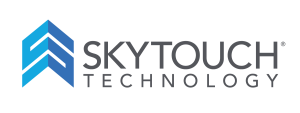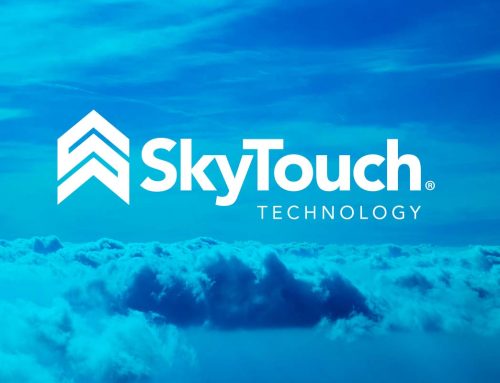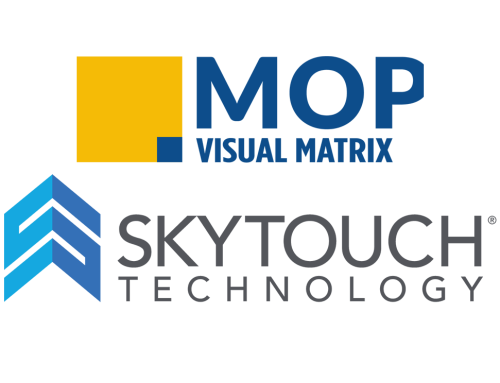More Efficiency
It’s all about control. That is, regaining pricing power within the hospitality sector by using better, smarter, more efficient technology. For a long time, it was an exercise in futility, but these days the rise of cloud computing is making it a reality thanks to next-generation hotel software.
Problem number one:
Online Travel Agency (OTA) dependence has deeply affected customer booking behavior in the internet era. And guess what? It’s mostly a self-inflicted wound. In the dark days after the tragedy of 9/11, major hospitality companies were in trouble. Fear stopped many people from traveling, and hotel room demand sank. At the same time, a new breed of a company was forged from the early days of the internet, ones technologically savvier than the big hotel brands.
Problem number two:
Hoteliers were not generally technologists. So, hoteliers jumped right in, giving away a lot of their inventory. To be fair no one could anticipate what came next, and it was a time of desperation, a time when survival was the preeminent concern.
The unexpected result is that a generation of travelers went to the OTAs, where they were trained to seek out hotel rooms on the internet. By the time the major hotel brands caught on to what was happening, and began attempts to wrest control back from OTAs, it was too late. Customer habits had changed, reframing how hoteliers would woo customers to their properties.
This problem was compounded by the scale the OTAs quickly achieved. In 2017, Expedia alone is reported to have spent $5.3 billion on marketing, while Booking Holdings – which also owns brands such as Priceline, Booking.com, Kayak, Agoda and Open Table – was reported to have spent about $4 billion on sales and marketing in just the first nine months of 2017.
Yet, many hoteliers think this is a fight that can be won. “By turning their noses up at OTAs, some hoteliers seem to be effectively at war with modern guests and their booking preferences,” wrote John Jones, Managing Director of Welcome Systems in tnooz.
Leading lodging companies also missed the consumer culture shift toward hotel review sites. Sites like TripAdvisor became critical to the customer decision making process. And, while we’ve seen some of the major hotel brands start incorporating customer reviews on their brand.com sites, however, it was another case of too little too late.
Because of the power of OTAs, successful hotel distribution management should include a mix of securing direct business, leveraging the power of OTA marketing platforms and forging emotional connections with guests while on property. Each of these elements is like individual arrows in a quiver. You need them all if you want to hit your hotel’s financial targets again and again.
In our next part, we’ll share how a hotel operations platform such as a cloud-based property management software is a significant tool for finding, luring and securing the right business mix.
Don’t want to wait for part 10?
Download our eBook: 6 Must-Have Technologies for Hotel Success (According to Best Practices IT Market Research).
Ready to see how a partner like SkyTouch can impact your operations and your revenue? Contact us today and book a demo of the SkyTouch Hotel Operations Platform.




